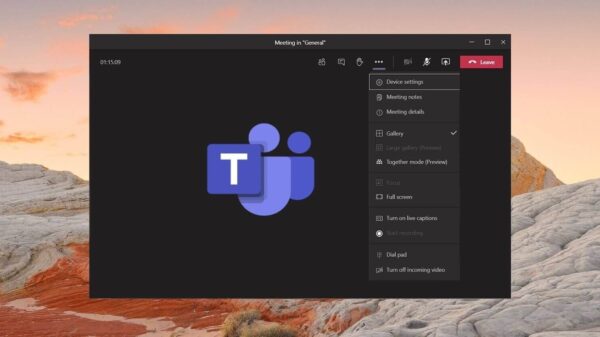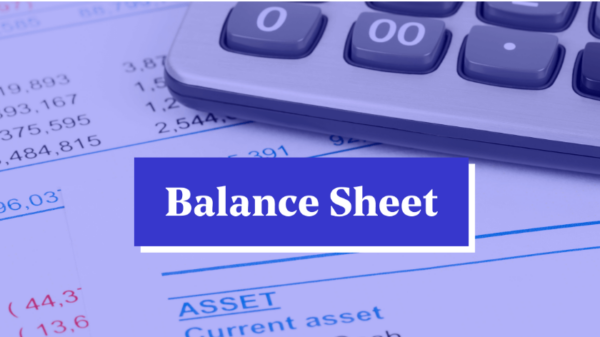Nonprofit data software is an incredible tool, but it generates a lot of metrics. How do you know which to track? The good news is, you can understand your campaign’s effectiveness with just 10 data points.
What Tools Should You Be Using for Donor Tracking
In addition to tracking data such as conversion rates, you should also use non profit financial software to look at actual dollars raised. This will provide monetary values such as average gift size and cost per dollar raised, which can help you determine which approaches are most effective.
How To Align Data Tracking to Your Nonprofit Business Goals
While these 10 data points are all important to some extent, some will have more weight than others depending on your organization’s goals. Take a look at what information each metric has to offer, then assign import based on your nonprofit’s objectives.
- Email Opt-Out Rate
This describes how many people opt-out of your emailed newsletters compared to how many remain subscribed. If this rate is high, you may need to change your approach to the newsletter or pursue other forms of outreach.
- Email Conversion Rate
The email conversion rate shows how many people receiving your newsletter take significant action compared to those who don’t. Significant action can mean many things:
- Clicking a link
- Making a donation
- Signing up for further communication
- Online Gift Percentage
How much of total giving is through your website? The online gift percentage can tell you. This metric varies depending on donor demographics, but it can be useful for organizations looking to expand in the online space.
- Fundraising Participation Rate
Oftentimes, donors double as fundraisers. You can facilitate this trend by offering events where participants gather pledges. In this scenario, the fundraising participation rate lets you know how many participants actively fundraised compared to how many only attended the event.
- Frequency of Donor Contacts
How often does your organization reach out to donors? This metric is important to track because it’s difficult to determine how much contact is effective. It’s best to look at this data alongside giving information, which can yield useful patterns.
- Average Giving Capacity
How much can major donors give? This metric requires analysis of several factors:
- Wealth markers
- Philanthropic propensity
- Connection to the cause
- Average Gift Size
Understanding how large the average donation is gives you an idea of how many you need to reach your goals. If the average gift size is low, you may also look for ways to increase it.
- Gifts Secured
How many donations have you received? Gifts secured provides this information, which can be broken down into further metrics:
- Yearly
- Quarterly
- Monthly
- Donor Growth
Another straight-forward metric, donor growth tells you how many donors you’ve recruited over a specified length of time. It’s a good way to judge the effectiveness of your newest giving campaign.
- Cost Per Dollar Raised
Finally, cost per dollar raised tells you how much money you spent to raise a dollar. This data point lets you know if your approach was efficient.
With the right nonprofit software, you can track of these metrics all at once. Together, they create a map of your organization’s strengths and weaknesses.






























































